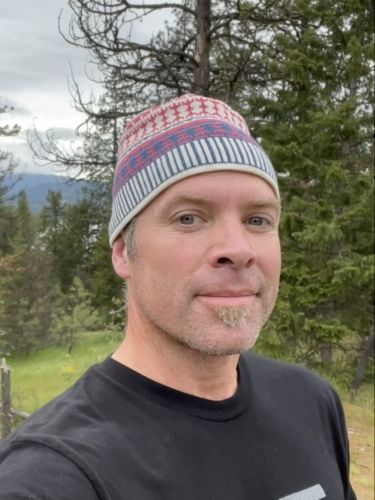A version of this feature ran in the March issue of BRAIN.
BOULDER, Colo. (BRAIN) — For our March magazine edition, we asked our State of Retail panel members: What percentage of your ‘COVID customers’ are still riding? What programs or initiatives do you usually implement to keep people on their bikes and how does your local community foster cycling?
BOISE, Idaho: Jason Bauer, owner Bauerhaus Bikes
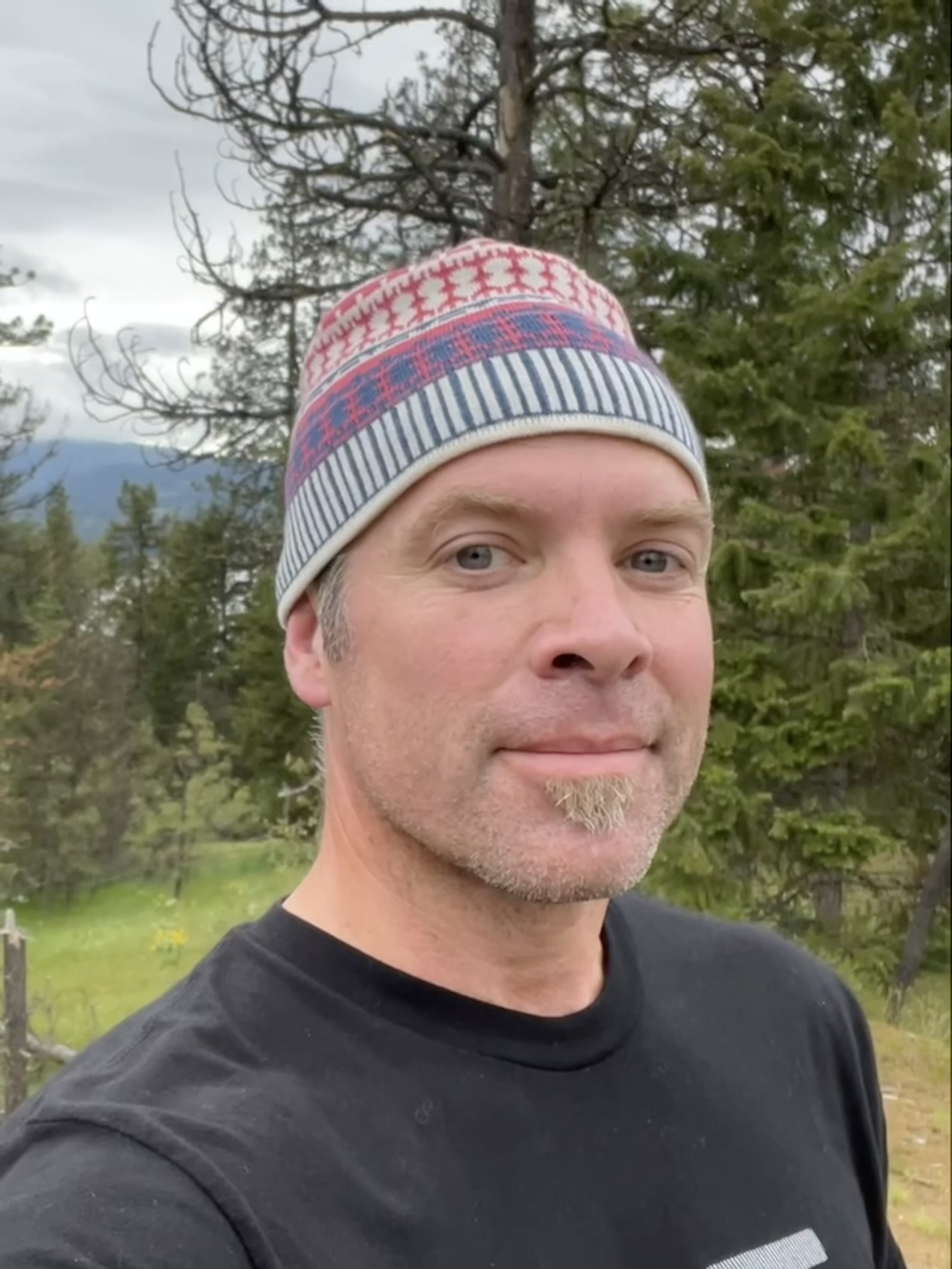
In this town, it's hard to tell a "COVID customer" from what is already a steady influx to the population. Our shop has a high percentage of new-customer retention. When team sports were all but stopped in the valley, those families flocked to bikes, and among our customer base, I would say most have stuck with bikes in addition to getting back into their respective activities. We really didn't change much or create any programs other than education for new customers on how our shop works. Boise is a great bicycle community with some very passionate proponents. A greenbelt trail system that facilitates super safe and efficient travel along the river is one of this town's gems. Bike parks and MTB trail systems are a big part of Boise's culture.
WALLA WALLA, Wash.: Kathryn Austin, owner/manager Allegro Cyclery
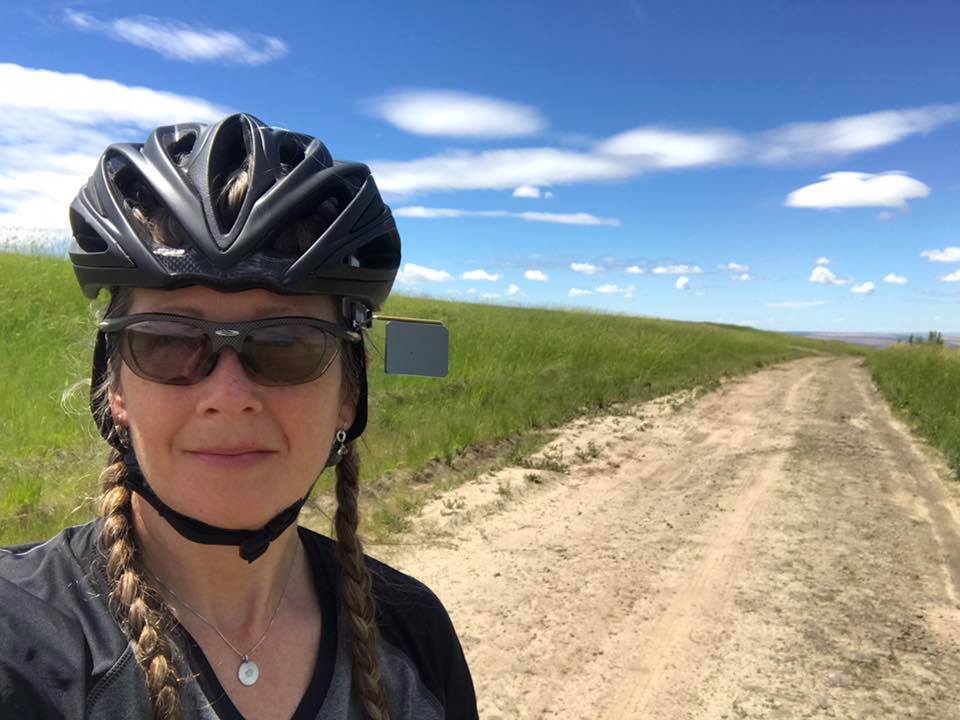
We feel like it is probably only around 20%. Our COVID success stories encompass our gravel bike riders who participate in our rides, events, and bikepacking adventures. We offer new bike perks post-purchase, such as a discount on parts and accessories for a week and free bike tuneups for three months. It's important to us that a customer is set up properly for whatever type of bike they buy because this truly helps keep their enthusiasm up for riding. My husband and I lead two bike rides a week, and we always encourage road and gravel bikers to join our rides. We welcome customers into our Allegro family and encourage them to get involved in our events, and we’ve created a bike route hub on our website through Ride with GPS, so people can take advantage of the many local recreational and fitness routes. We've had a wonderful response to this.
Our new city manager rides in my ladies’ cycling group, and our city does a pretty good job with fostering cycling and safety. The demand from the citizens has increased in the last five years for certain. Our local bicycle safety committee needs to do more to encourage and educate people about how easy it is to cycle and commute in our small community — they need incentives to first make the effort and to keep it going.
MOBILE, Ala.: Brad Burton, owner Cadence120 Bicycles
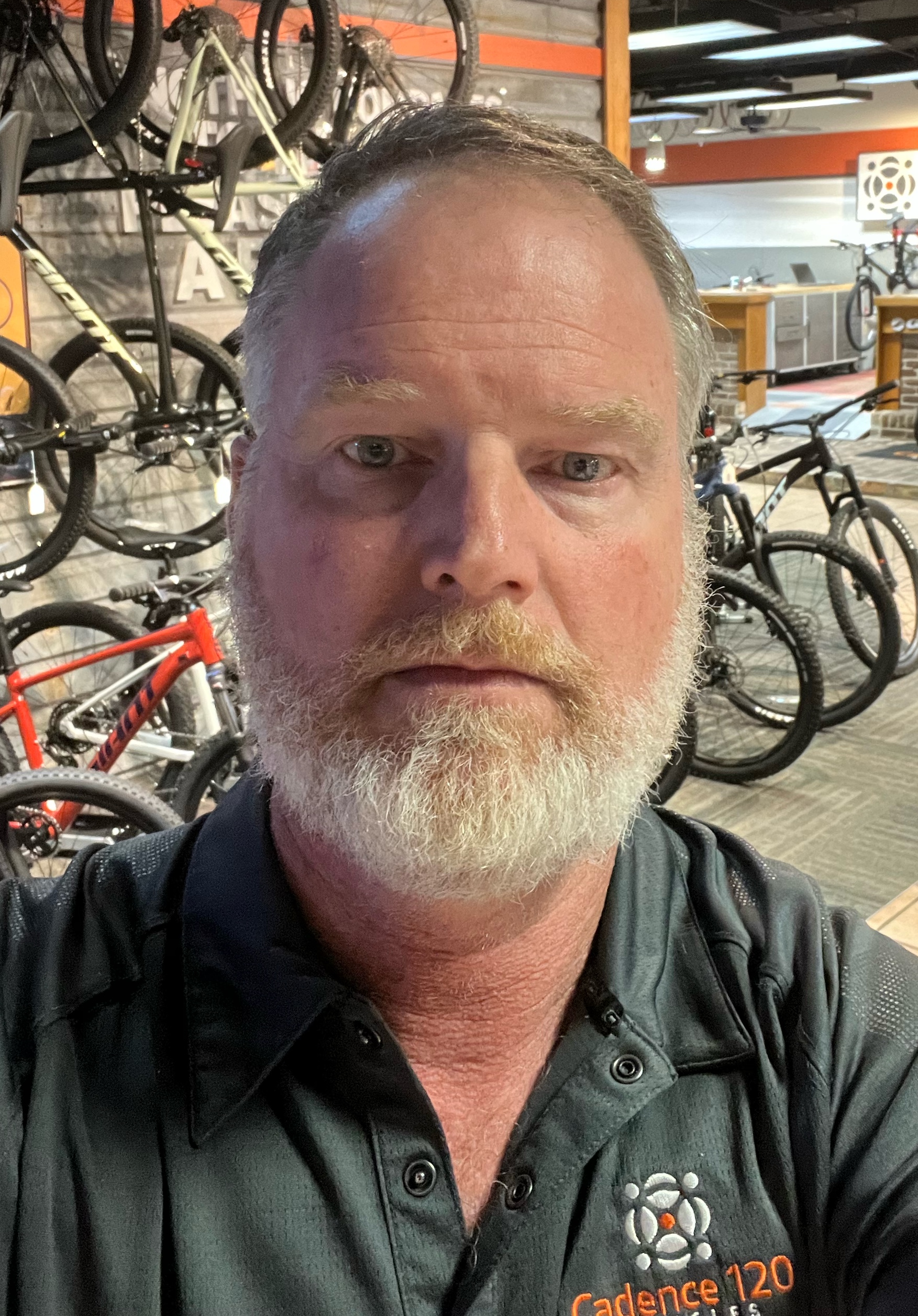
Getting customers to use their bike is always the challenge. We always send a thank you card, follow up emails, and promotions directed at our customer list to keep people engaged. The percentage of COVID customers still riding is the same as during normal operations. There were just twice as many customers so overall we do have more riders now. We have customers that have lost significant amounts of weight and have incorporated the bike into their life. We did not start any new programs during COVID. Instead, our focus has been on getting back to our existing programs. Our local off-road club completed a large marking and mapping at one of the most popular parks, making it easier for newer riders.
STAMFORD, Conn.: Julie Gabay, owner, president, buyer Pacific Cycling & Triathlon
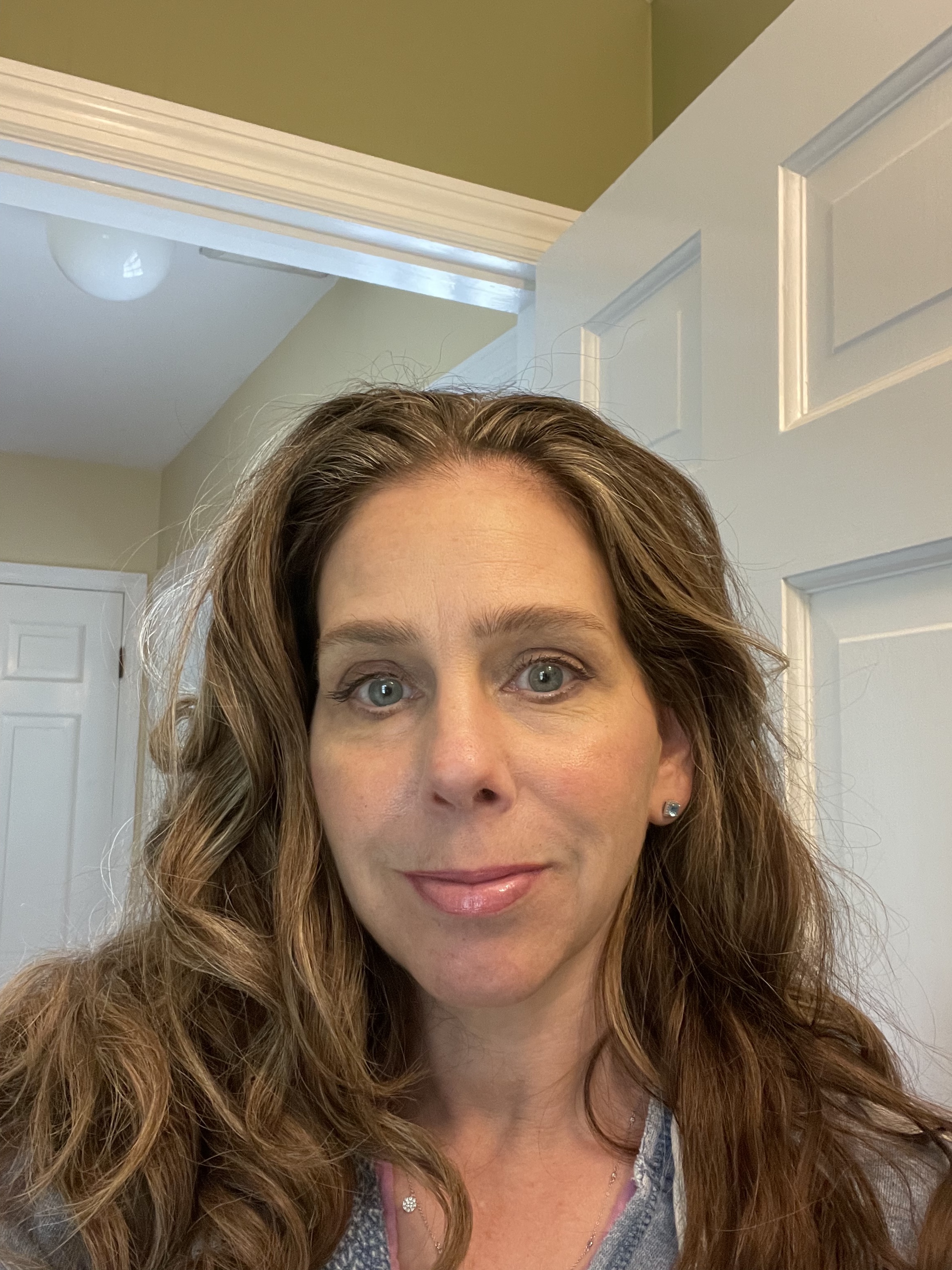
I think that most people are still riding. My guess is that 75% stuck with it. The pandemic pushed a lot of people that were apprehensive to get a bike into purchasing one. Once they got outside, they realized what they were missing and kept riding. I always hear of people that never rode since they were young, and now they ride all the time. To engage new riders, we refer them to our local riding club when they want groups of people to ride with, and we offer free maintenance classes. Our staff is openly available for any questions they may have about bikes. We make it easy and not intimidating to ask questions and feel welcome. As for local support, the city of Stamford actually put in bike lanes all over the city. While they lack barriers, it's a huge improvement and makes riding to and from work or other places very accessible. I think some bike service stations with air, tools, etc. would be a great addition to Stamford.
MASSILLON, Ohio: Molly Lehman, marketing manager Ernie’s Bike Shop
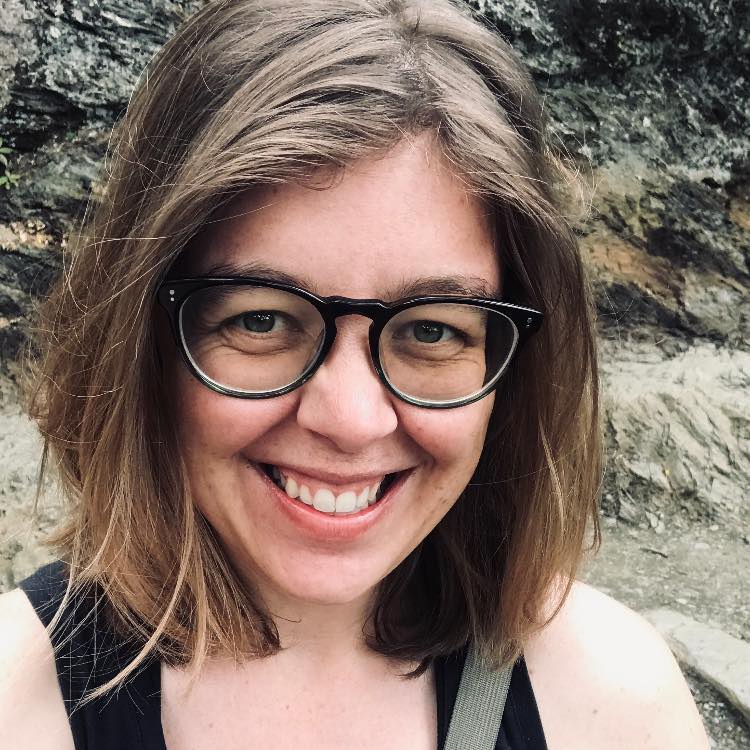
People tend to fall into and out of riding patterns even during normal years, so it's hard to estimate how many COVID converts are still riding. But we have noticed a surge in the use of local trails, particularly bike traffic on the Ohio to Erie Trail route that passes our flagship store. E-bikes have really been a right place, right time phenomenon in the era of COVID, giving that haven't-ridden-since-1992 customer a feasible, fun, and sustainable way to get back on a bike again.
Getting people back into the shop after a bike purchase is definitely one of our priorities, and we're not above a little bribery: free checkups, free flat-tire clinics, and a full slate of shop events are all part of our arsenal. Since COVID, our calendar of shop rides has expanded and diversified, with more events for casual riders, and we also provide bike-safety courses for scouting groups and library programs. A more robust (but not obnoxious) email marketing strategy has also helped us stay in touch with riders after they head out our door.
HOPKINS, Minn.: Jonathan Minks, owner Jonny Rock Bikes
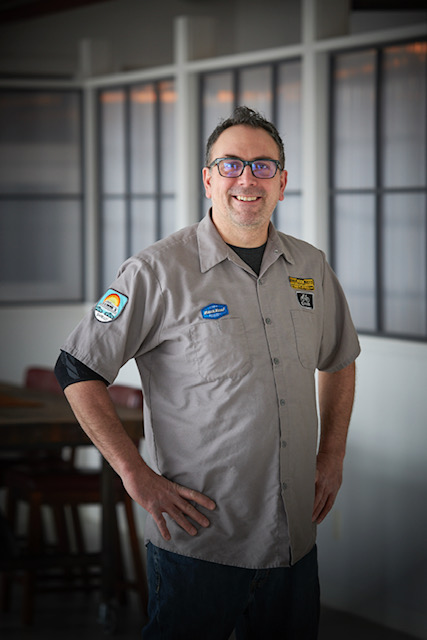
I would guess that 50-75% of our COVID customers are still riding. I have a customer that stops by all the time to thank us for his 50-pound weight loss and for building his endurance back. We tuned up his previous bike and saved him money instead of selling him a new bike like other shops wanted to do. To keep people riding, we offer one year of free adjustments on all new bicycle sales. We feel this is a great way to educate the customer, teach them about bike maintenance, and set expectations about bike ownership. I look forward to working with our city partners to encourage bicycle participation and the fundamentals of service and follow up. We can always use more people and kids on bikes. Personally, I have been actively trying to join our park and rec commissions board.
BROOKLYN, N.Y.: Ilya Nikhamin and Kasia Nikhamina, co-owners Redbeard Bikes
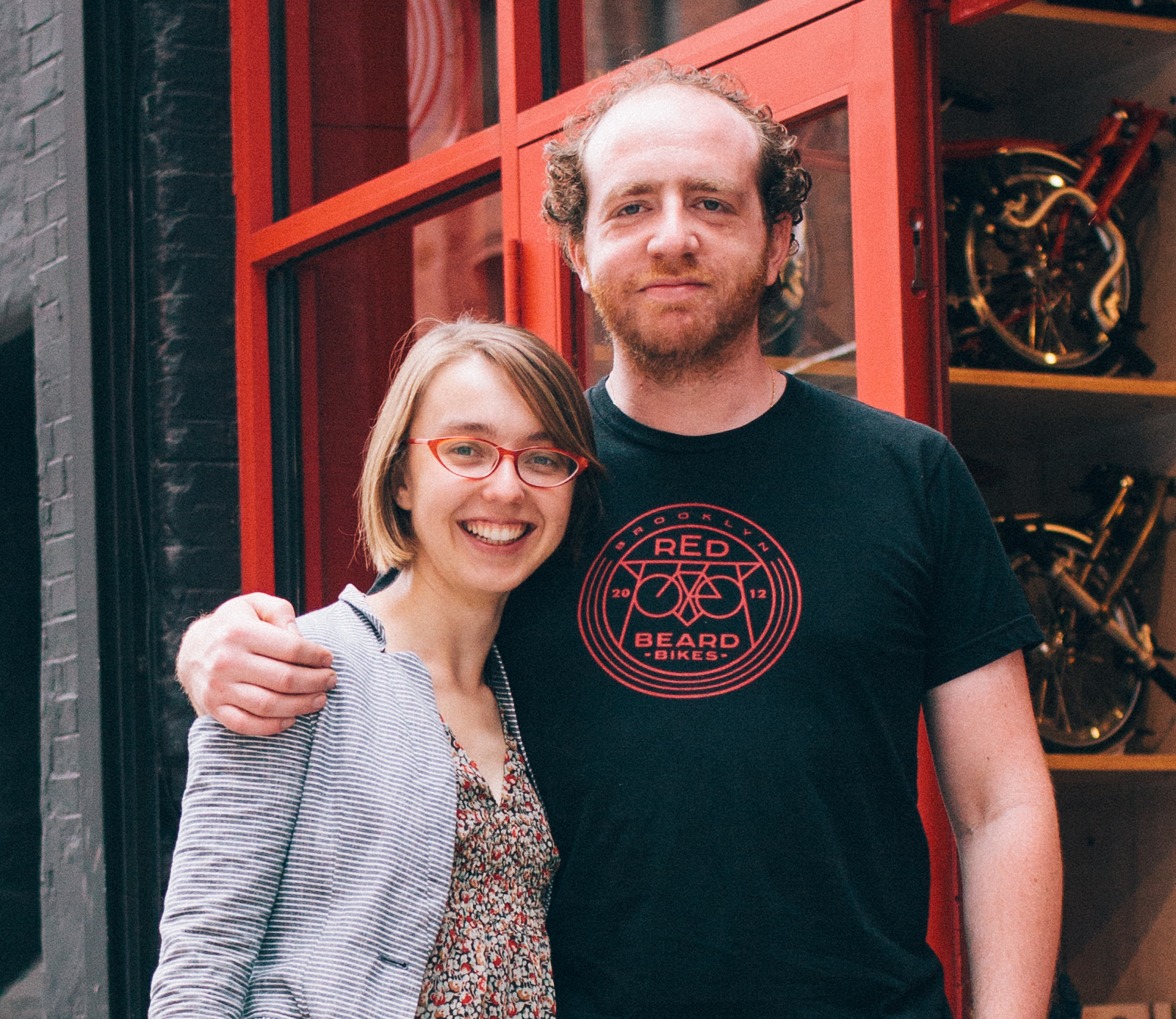
We were impressed by how many people waited months for a bike fitting during COVID. They liked riding enough to address pain or discomfort, instead of just ditching their bikes. Before the pandemic, we had a wonderful shop rides program with ambassadors leading Prospect Park loops and longer rides of 50-75 miles. In 2021 and 2022, we struggled to bring back rides because we’d lost our momentum. In 2023, we’ll recruit some new ride leaders and start over. We want to offer gravel weekends upstate, as we now sell more gravel than road bikes.
New York City desperately needs leaders with vision and political will to redesign our streets, and write and enforce smart legislation. Two cyclists were killed in New York City in the first two weeks of 2023. We are troubled by the number of crashes involving electric delivery bikes of all kinds, especially those going the wrong way.
ENCINITAS, Calif.: Will Schellenger, owner El Camino Bike Shop
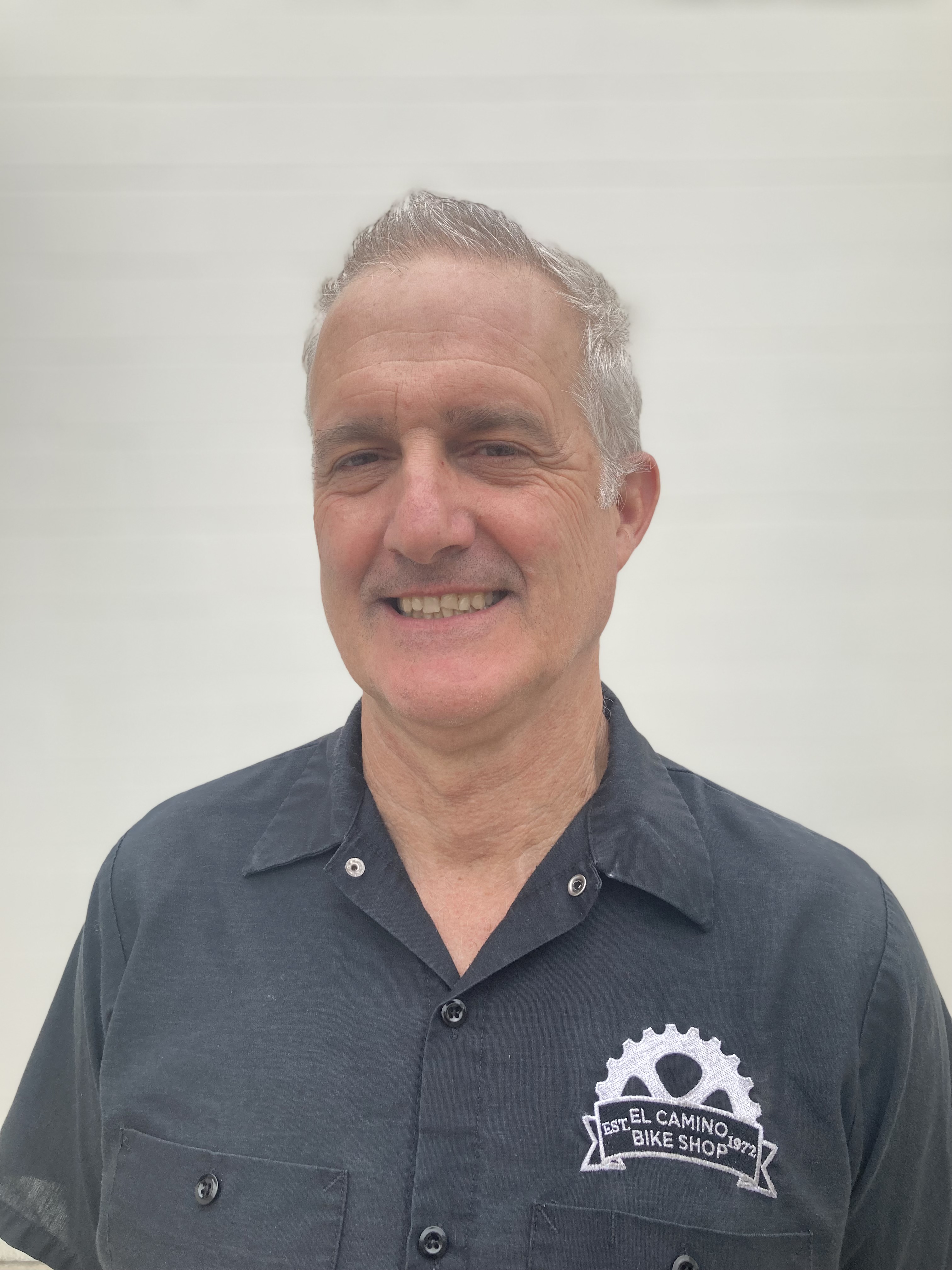
The way business has been this last month, I estimate zero percent are still riding. In reality, it’s maybe 10%. We did not implement any new programs specifically after the COVID boom, but we’ve always done some after-sale emails to customers who purchase bikes to remind them of their free service checkup and provide them with a coupon for any accessories they discover they need after riding a month.
Local governments in my area have realized that the increased number of e-bikes on the road is a safety concern, and Carlsbad, California, declared a State of Emergency to help them gain funding to provide education to riders and build safer roads. Here in Encinitas, the biggest user of e-bikes is children between the age of 12 and 14. They are on the public streets riding motorized vehicles but have little or no training on traffic laws. The schools have stepped up, and the local government has tried to provide a safer environment for everyone.
BRADENTON, Fla.: Paul Tobio, owner Ryder Bikes
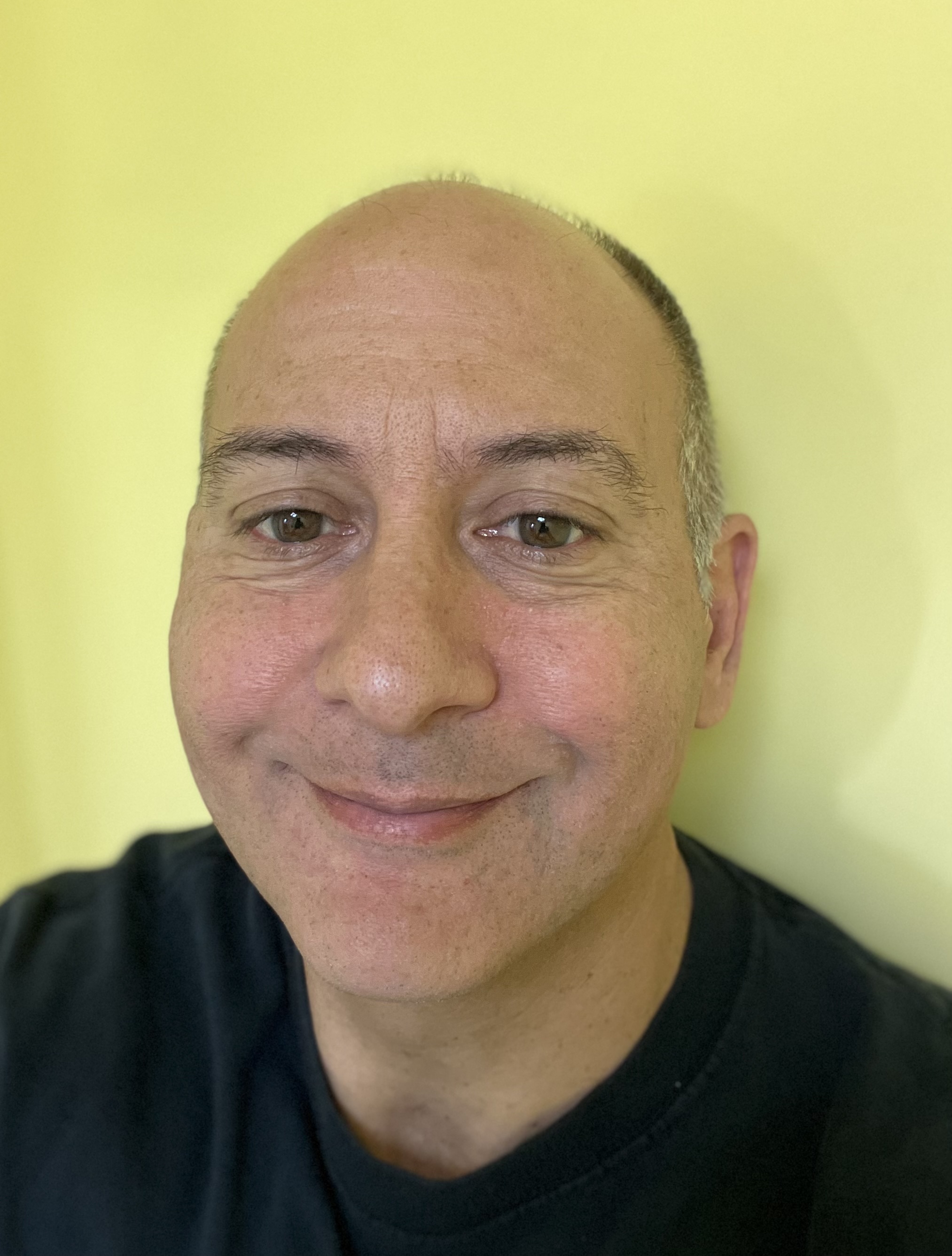
We saw a large "COVID customer" base come in to buy and repair bikes during the pandemic, and we are still seeing a large cycling boom in Southwestern Florida. I estimate that 50% have continued riding in some form. Many folks are upgrading the repaired bike to a new ride and a lot of them are choosing e-bikes. We have great planned communities that have cycling infrastructure included, a great rail-to-trail network that keeps growing, and cycling clubs that support all types of riders. Our local counties have master bicycling and pedestrian plans, which include increasing the trail network through greenways, linking multiple trails with connectors.
We ask customers to bring their new bike back in 30 days so we can ensure everything has broken in as it should and that bearings, spoke tension, and cables can be retightened. We ask how they are enjoying riding and where they have been riding. We then provide some additional alternatives — trails, parks, neighborhoods — that they can expand their riding experiences. We also started printing more of the local route maps and handing them out to customers.

